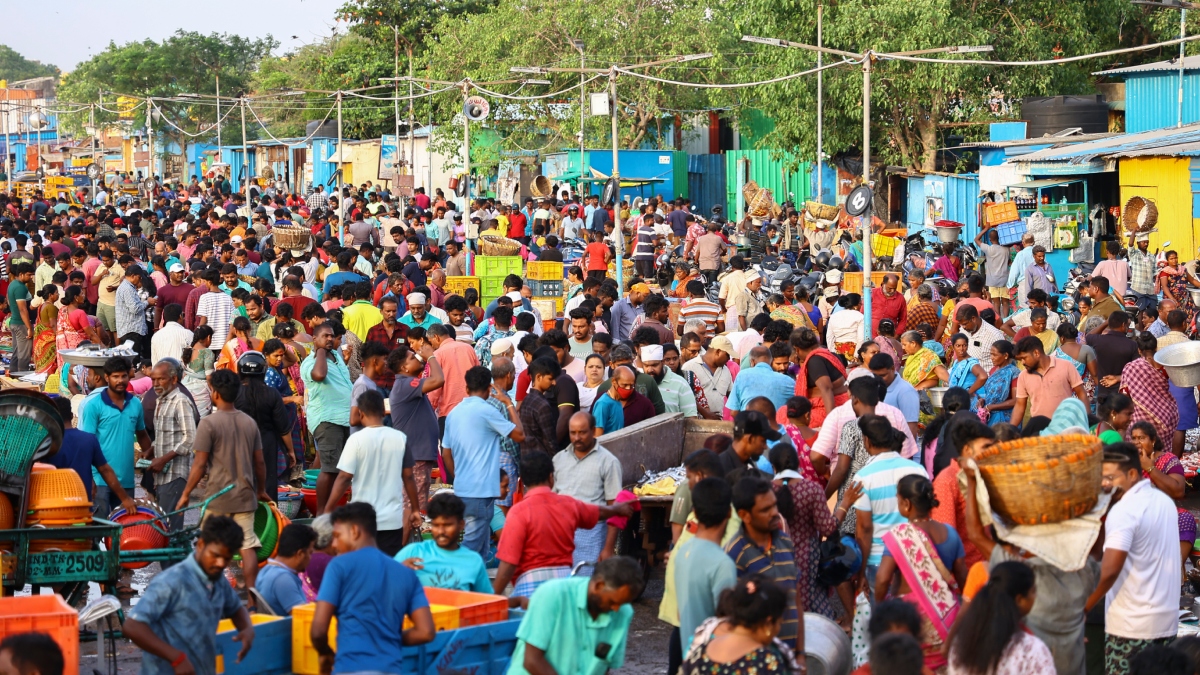Modern Indian ancestry linked to Iranians, Eurasian pastoralists: Study
 Image of an Indian crowd used for representation | PTI
Image of an Indian crowd used for representation | PTI
A new study has shed light on the genetic ancestry of modern-day Indians, revealing that they likely descended from three primary ancestral groups: Neolithic Iranian farmers, Eurasian Steppe pastoralists, and South Asian hunter-gatherers. The findings were published in the journal Cell.
The research analyzed the genomes of 2,762 individuals from 18 Indian states, representing a wide geographic, linguistic, and social diversity. Participants were drawn from both urban and rural settings and included speakers of Indo-European, Dravidian, and Tibeto-Burman languages. Importantly, the study also included historically underrepresented communities, such as Scheduled Castes and Scheduled Tribes, offering a comprehensive view of India’s genetic landscape.
The genetic data was collected as part of an aging study, during which scientists generated whole genome sequences from participants. This allowed them to trace India’s evolutionary history as far back as 50,000 years.
One of the study’s key findings was the shift toward endogamy—marriage within the same community or caste—which has significantly shaped India’s genetic profile. This practice has contributed to elevated levels of homozygosity in the population, meaning individuals often inherit identical copies of genes from both parents.
In fact, the study found that homozygosity levels in Indians are two to nine times higher than those observed in Europeans and East Asians. This is a critical discovery, as high homozygosity is associated with an increased risk of autosomal recessive disorders—genetic conditions that occur when a person inherits two copies of a mutated gene, one from each parent.
Beyond mapping modern Indian genetics, the study also offers insights into historic migration patterns, illustrating how ancient human movements and social structures have left a lasting imprint on the genetic makeup of the subcontinent.
India